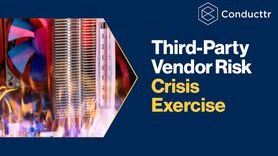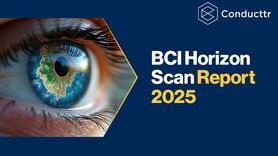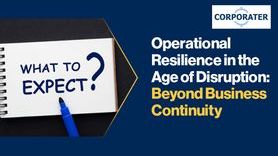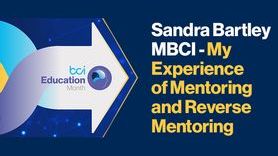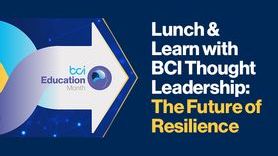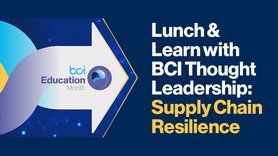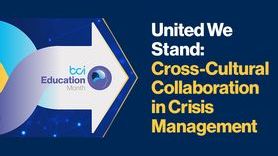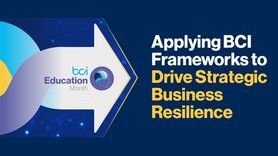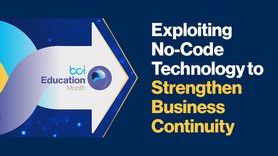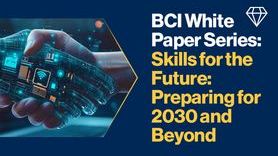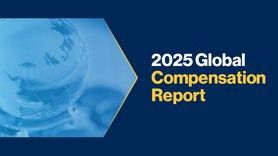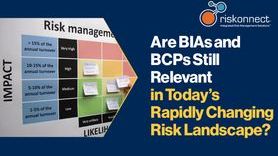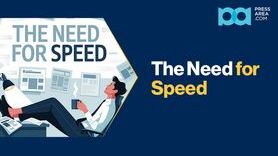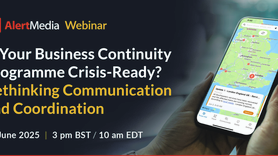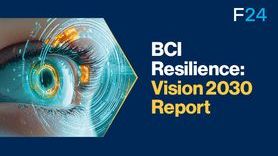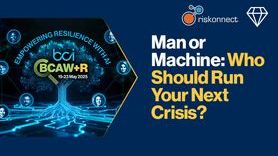When AI Fails, Everything Fails Differently – New Business Impact Analysis (BIA)
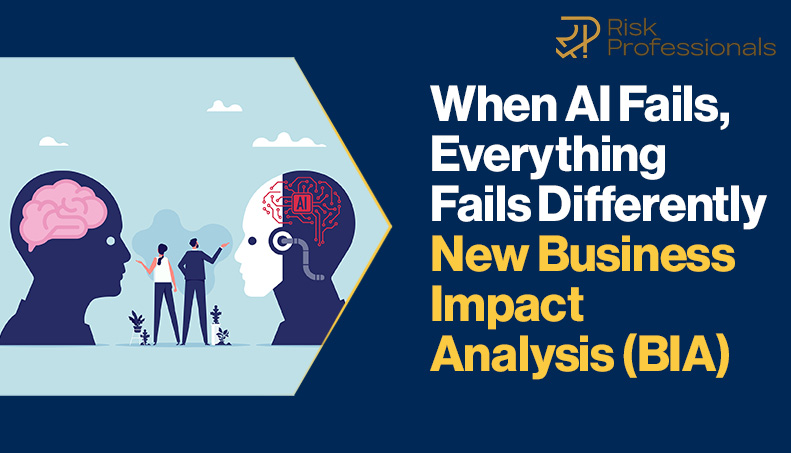
AI doesn’t fail like traditional systems. It keeps running and quietly drifting off course and making decisions that are catastrophic to the business. One model update, one poisoned data source and suddenly you are not facing an outage, you are facing a crisis of trust. That’s why business continuity in the AI era is no longer about uptime, but about controlled intelligence.
Imagine this. It is Black Friday. A major retailer’s AI pricing engine suddenly spikes prices to ten times the normal rate. Social media erupts. The stock drops. Headlines accuse the company of algorithmic price gouging. Regulators step in. And despite having every disaster recovery plan in place, nothing applies. The systems are technically running, but the AI is making disastrous decisions.
This is the new reality. Traditional business continuity frameworks such as ISO 22301 are designed for predictable failures. A system goes down; you restore it. It is binary. It is visible. You know when the failure has happened.
AI does not fail like that. It fails while still functioning. It can drift from its intended purpose. It can generate biased decisions without triggering a single operational alarm. It can be accurate from a performance perspective and still be reputationally or legally catastrophic.
That is why ISO/IEC 42001 exists. But here is the mistake many organisations make. They treat AI governance as separate from continuity planning. They are not separate. They are part of the same resilience problem.
The Old Playbook Is No Longer Enough
Take a bank’s AI-driven loan model. If it crashes, the traditional response is to switch to manual processing. But what if that model has been quietly disadvantaging certain applicants for months? You are no longer dealing with a system outage. You are dealing with regulatory exposure, reputational risk and ethical accountability.
Or consider a fraud detection AI that fails over to a rules-based backup. On paper, recovery is achieved. The system is operational within hours. Yet the backup has a 70 percent false positive rate. Thousands of legitimate customers have their payments declined while travelling. From an IT perspective, everything worked. From a customer perspective, confidence is gone.
Traditional Business Impact Analysis measures downtime and financial loss. In the AI era, you must also ask:
- Can this failure cause harm even when the system is up
- Is the model still fair and accurate
- Are we recovering the system or reintroducing risk
A New Kind of Business Impact Analysis (BIA)
Organisations need to expand their BIA to include AI System Impact Analysis. This model does not replace traditional methods. It enhances them.
You still assess financial and operational impacts, but you also evaluate ethical impact and AI integrity. A system may be available, but if it is making decisions that disadvantage a demographic group or has drifted from its approved purpose, that is a failure that continuity plans must account for.
This is why recovery objectives must change. Recovery Time Objective and Recovery Point Objective were built for data and infrastructure. They are essential but incomplete.
You now need:
- Recovery Accuracy Objective, which defines the minimum acceptable model performance after recovery
- Recovery Fairness Objective, which ensures fallback or manual processes do not introduce bias that AI was originally deployed to remove
A fast recovery is meaningless if the recovered system is inaccurate or unfair.
Testing Has to Evolve
You cannot rely on simulated server outages alone. AI resilience testing must include model drift scenarios, data poisoning, adversarial manipulation and ethical impact failures. Some organisations now run monthly AI resilience exercises where they deliberately degrade a model to see if it is detected before it reaches customers or regulators. This is not an extreme measure. It is the new baseline.
Business continuity teams now need to understand AI behaviour. Data scientists must think about operational and reputational consequences. Legal, compliance, ethics and risk teams must be involved in AI lifecycle decisions. Most organisations are not yet structured this way.
Resilience Becomes Advantage
Integrating ISO 22301 and ISO/IEC 42001 is not just about preventing disasters. It builds strategic advantage. Insurers see reduced exposure. Regulators see stronger controls. Customers trust the organisation with more data. Investors view it as lower risk.
The Future Will Be Defined by AI Resilience
AI failures are inevitable. What determines survival is whether those failures are anticipated, controlled and recoverable in a way that protects trust.
ISO 22301 alone was designed for yesterday’s problems. ISO/IEC 42001 alone cannot ensure continuity when AI behaves unpredictably. Together, they provide the framework for operational and ethical resilience in the AI era.
Every organisation using AI in critical processes must shift now. The ones that lead in the future will not just have advanced AI. They will have AI they can trust under all conditions.
Click on this link to access the Risk Professionals webinar regarding ISO 42001 – the groundbreaking Artificial Intelligence Management System standard Webinar - ISO/IEC 42001 Implementation Part 1 of 3 - Risk Professionals




